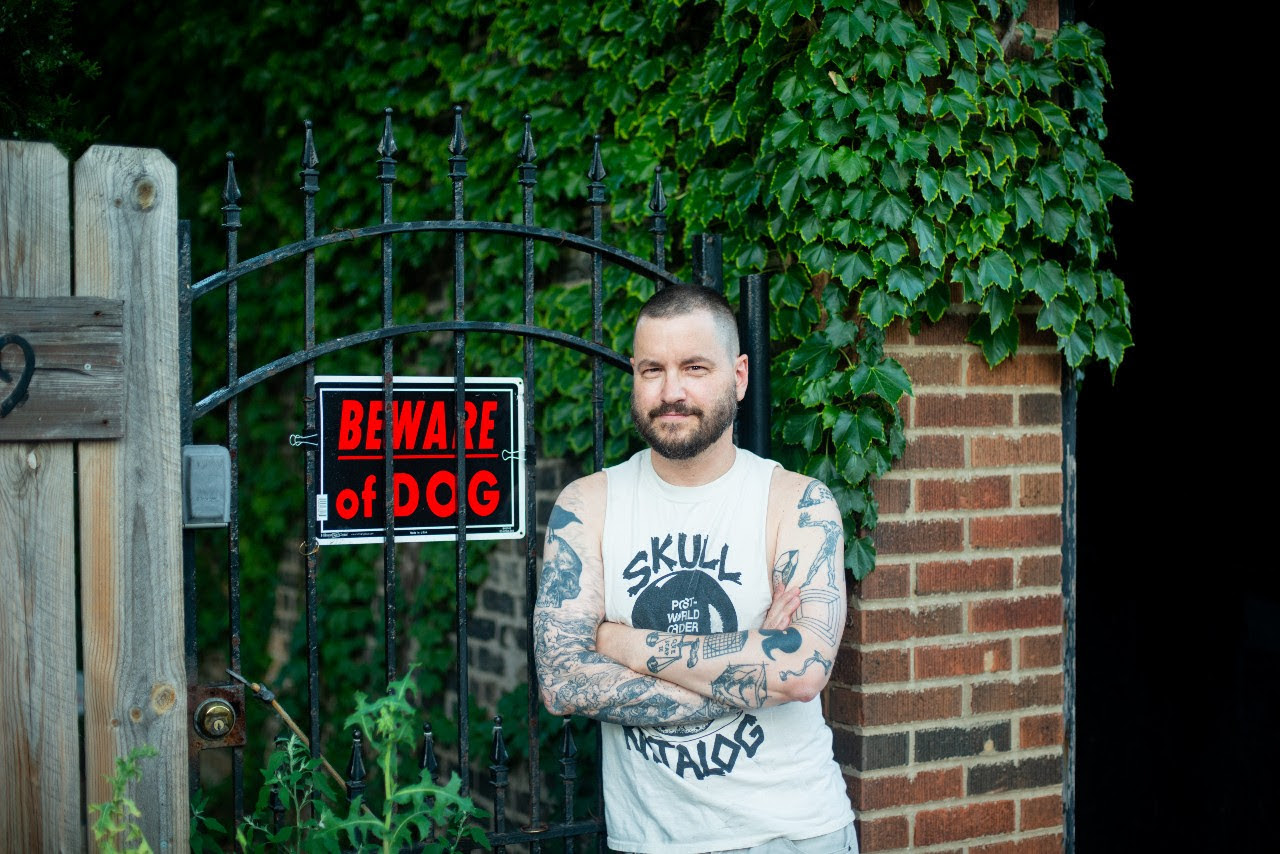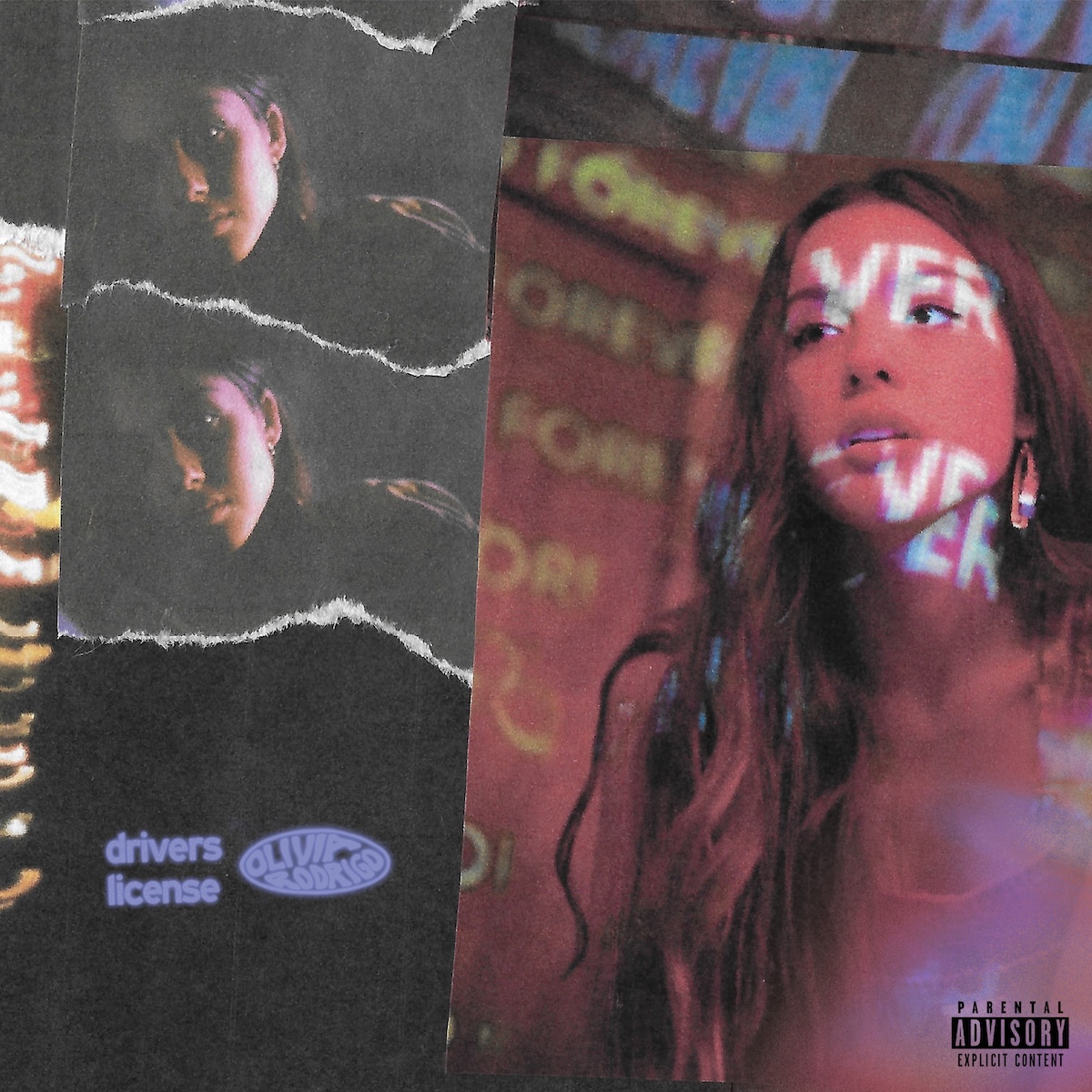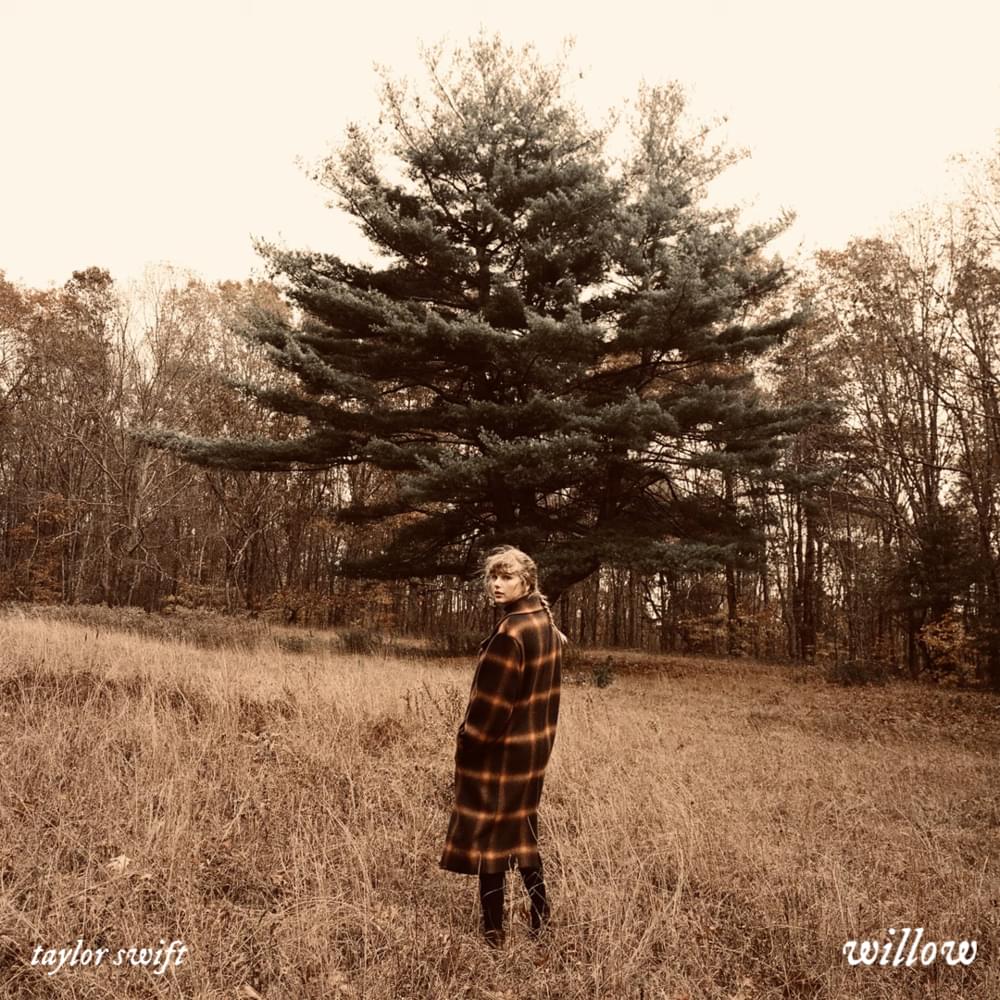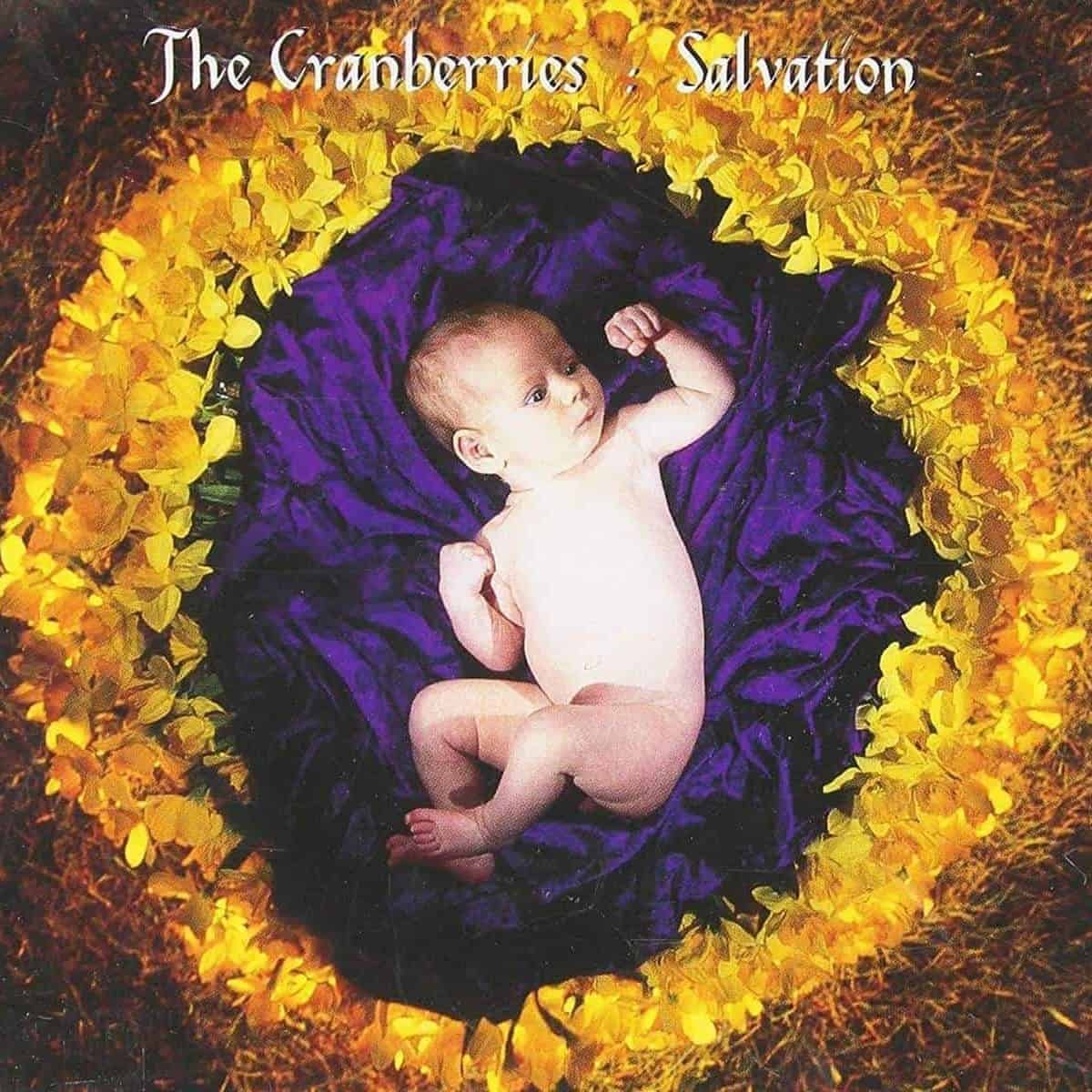When asked how he would like to live his remaining years, Luis Buñuel once said: "Give me two hours a day of activity, and I'll take the other 22 in dreams — provided I can remember them." Who knows what the great Spanish filmmaker might've conceived had he been a raver rather than a Surrealist. A recent microgenre offers a clue: hit em, invented in a dream by Drew Daniel.
Daniel, an English professor at Johns Hopkins and one-half of the experimental electronic duo Matmos with his partner Martin Schmidt, tweeted last Monday about a dream he had in which a girl at a rave described a new genre called "hit em" and helpfully provided its parameters: 5/4 time, 212 bpm, "super crunched-out sounds." The tweet quickly went viral, and by the end of the week, dozens if not hundreds of producers had tweeted their own takes on this new genre.
had a dream I was at a rave talking to a girl and she told me about a genre called “hit em” that is in 5/4 time at 212 bpm with super crunched out sounds thank you dream girl
— DREW DANIEL (@DDDrewDaniel) July 29, 2024
"It just seemed to explode over the course of like a day and a half," says Daniel, who had the dream while staying in rural California and celebrating mother's 80th birthday with family. "I was busy doing other stuff, family and school stuff, and then I checked again and my jaw dropped."
Within the narrow parameters that define hit em, a wealth of creativity has thrived, with disparate interpretations that bring to mind hyperpop, breakcore, Y2K-era glitch-pop, and lo-fi chill beats. "I like that it's taking a lot of different forms," says Daniel, citing a contribution by Chris Irregardless that does away with the tempo entirely and melts the genre down into drone.
throwing my hat in the ring, my take on hit em?? https://t.co/ecop6dp3gp pic.twitter.com/rUFuwDzezz
— Jetski-Oh: the Story of Jetski (@jetskitosway2) July 30, 2024
One track Daniel says "blew him away" is by Peoria, IL-based producer Jetski, who based his production on hyper-speed cyber-rave music by the likes of Venetian Snares and Machine Girl. His track took about three hours to make: an hour to gather samples, plus two hours to produce.
"I thought it was hilarious that there were these very specific characteristics in [Daniel's] subconscious," Jetski says. "At the same time, I immediately had an idea in my head of what this imaginary genre would sound like, and I was inspired to try to manifest that into the world."
hit em https://t.co/ENY1XdOES3 pic.twitter.com/A7Lwe8fSKa
— MAUD (@MAUD_IFY) July 31, 2024
So many tracks have already surfaced that Daniel and fellow producer Travis Stewart, aka Machinedrum, are already working on a compilation of some of the best. "It's not something that I feel proprietary about at all," says Daniel. "I really think it's just an open template for anyone who feels like building off of the basics. I had the dream, but it was that mysterious girl's idea."
Those who've followed Daniel's music may make the connection with The Marriage Of True Minds, a 2013 Matmos album in which Daniel and Schmidt attempted to telepathically beam their intention for the music into the heads of collaborators who would describe what they "saw."
hit em? i barely know em ? https://t.co/dbTawxrYKM pic.twitter.com/pReD4a6ho9
— Maxo (@maxotunes) August 3, 2024
Yet the main reason Daniel's tweet enjoyed such enthusiastic reception, even outside of the Music Twitter circles where he and his work are well-known, is because of how it captures the absurdity of dance music's countless microgenres and its fans' tendencies to argue about them.
"Electronic music has always had a really intense tendency to sort of constantly subdivide itself," says Shawn Reynaldo, a Barcelona-based journalist whose First Floor newsletter explores electronic music culture. "The only way to really innovate a lot of times is to get hyper-specific."
We rely on reader subscriptions to deliver articles like the one you're reading. Become a member and help support independent media!
Consider footwork, the Chicago house mutation that was a regional phenomenon for decades before it exploded in the very early 2010s. Its 160-bpm framework gave producers ample room to experiment within its confines, and in some of its most stylistically extreme manifestations (Jlin's Akoma, Foodman's Couldwork), it sounds more like modern classical than dance music.
Yet while footwork shares a direct lineal tie to house music's origins in Chicago, hit em is an example of something Reynaldo has been seeing more and more of: a hyper-specific, half-joking online microgenre. Reynaldo compares it to "dariacore," a genre based on samples of the ‘90s show Daria, invented basically as a lark by young New Jersey artist Jane Remover.
made a "hit em"? ?? hit em bees ?⏩⏩⚡️ https://t.co/HNScLM1DCw pic.twitter.com/yxR1FNsLCs
— David Kanaga (@dkanaga) August 2, 2024
"Electronic music has also always had this kind of jokey undercurrent even as it takes itself super-seriously," he says. "I think it just speaks to artists wanting to stand out in a field that's really crowded. There's never been more people making electronic music than there is today."
It remains to be seen whether hit em will develop into a genuine genre like moombahton, invented almost accidentally by DJ Dave Nada after slowing Dutch house records to reggaeton tempos, or drop off the map as a goofy musical dead-end. What's undeniable, though, is the wealth of creativity Daniel's wild dream has already sparked in the electronic music community.
"I think that, especially in dance music, there's such an infectious approach to sharing music and inspiring each other that it has this snowball effect," says Jetski. "I think that's why with this very basic set of rules or guidelines, [Daniel] was able to spawn a microgenre or a whole scene. People inspire each other, and that inspiration or energy feeding off each other is so infectious."
//
UPDATE: The comp is out now...
It's hard to describe the uncanny feeling I have listening to this compilation of people making one of my dreams into a form of music- it's a crew ranging from Oregon to Australia who have taken the hit em prompt and created these songs: https://t.co/VVkKy2aoZu
— DREW DANIEL (@DDDrewDaniel) August 9, 2024






